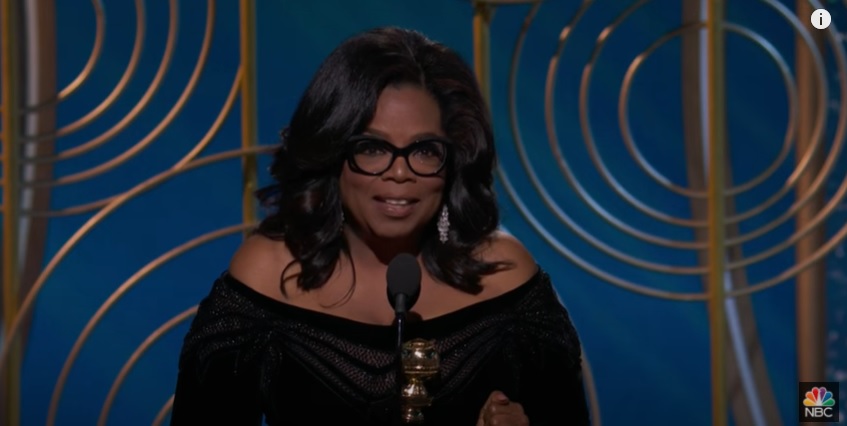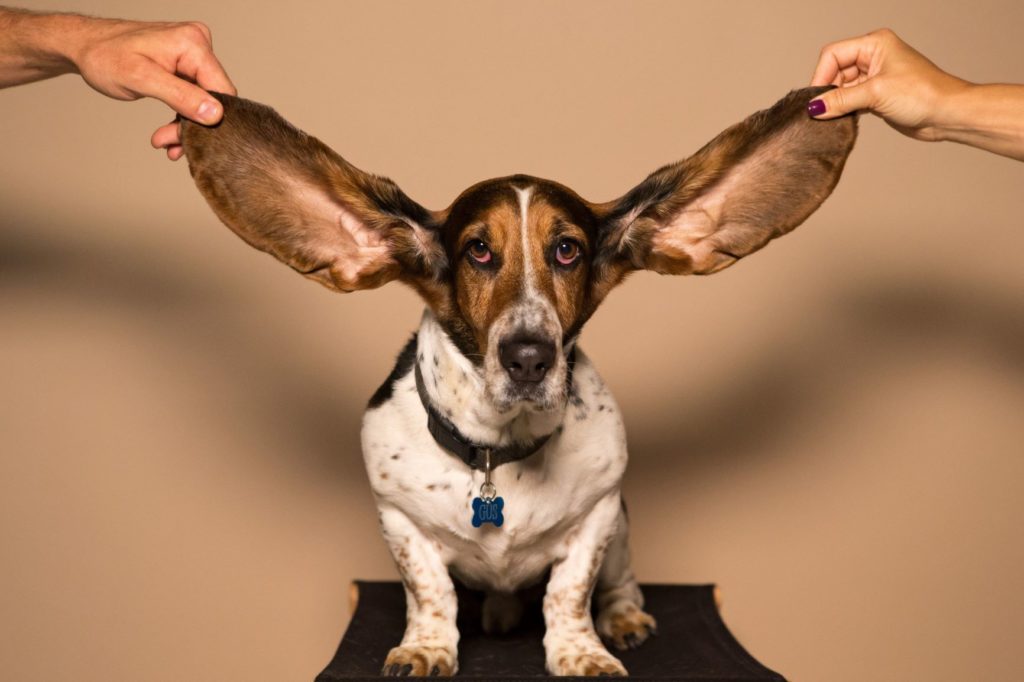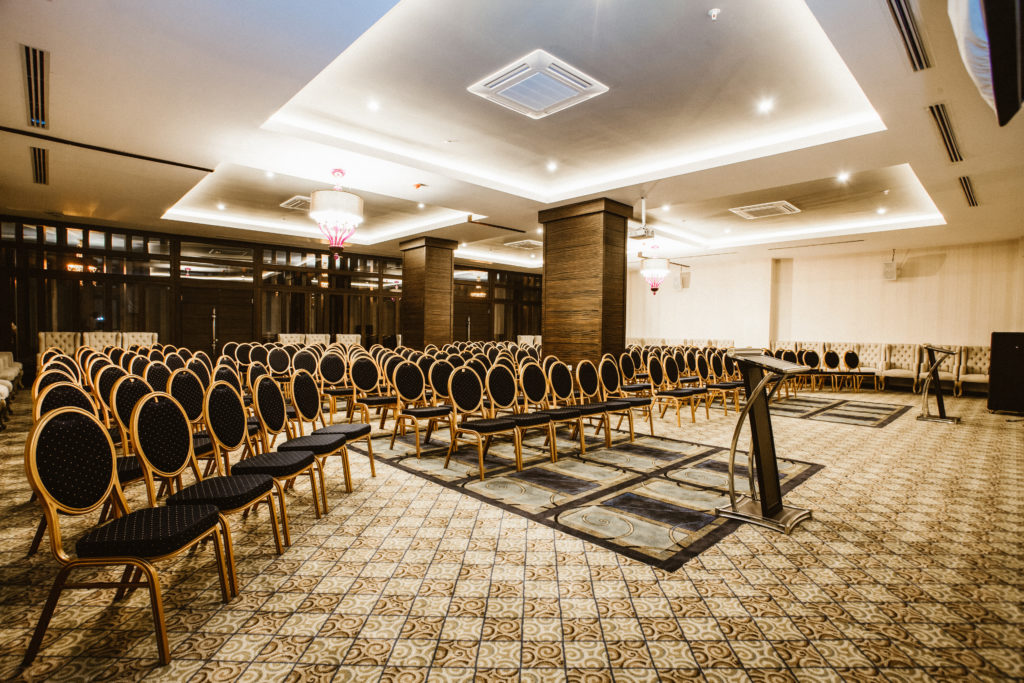Why Your Speech Should Have Two Closes

The way you end your speech is as important as the way you begin it.
This is your last chance to make an impression, inspire your audience, move them to action, or change their perspective. If you reserve your final words for an uninspiring sendoff, you run the risk of negating all that effort you’ve put into the many words that came before.
For most presenters, employing a two-part close is an effective way to ensure that your final words have maximum effect. When you use a first close and a second close, your audience has a chance to ask questions, but you have the last words – literally.
How to Close a Presentation with a Duo
As a speaker, it’s best to avoid sputtering out at the end of your speech. That’s where a dynamic first and second close comes in.
Overall, the first close wraps up the main portion of your presentation, after which you will open the floor to questions. The second close occurs after you answer the final question, allowing you to take back the floor one last time so your key messages are the last words.
The First Close
The first close is the signal that you are getting ready to land your presentation. You are transitioning from your final main point to your speech close, which could be any of the 15 we offer here, or one of your own choosing. Once you’ve finished, go ahead and open the floor to questions. Then, move on to your second close.
The Second Close
The second close prevents you from getting tripped up by a scenario such as this:
You’re toward the end of your 50-minute talk at a conference when an organizer signals that you should wrap up your session in two minutes. You call on your final hand. The questioner rises and – unfortunately – proceeds to criticize and raise doubts about your entire premise. You do your best to answer it, but you’ve run out of time and have to end the session. So, that tense exchange is the last thing your audience members will remember, not all the key points and the persuasive call to action you delivered right before opening the floor to questions.
A second close lets you calmly, clearly, and confidently reiterate your argument or main points – even if they have been picked apart! – and repeat your call to action. It’s typically concise, short, and targeted – your final pitch of the final thought you want your audience to remember. It ensures that audience members leave humming your tune, not the one your off-topic or challenging audience member happened to be humming. (Here are some tips on how to best manage your Q&A.)

Best Ways to Close a Presentation Speech
So how do you put this all together?
As you move from the main body of your presentation to the close – your first close – the audience will need a cue. This can be a spoken transition or a change in your vocal delivery or body language. Phrases can help, such as “In conclusion” or “I’d like to summarize what I said this morning.” However, there are more seamless transitions, too. Here are some you can use:
“We’ve spoken today about the very real challenges we face and a few potential solutions. Where does that leave us?”
“You might be wondering what comes next.”
You could lower or slow your voice to signal a shift. Perhaps, you pause for a few seconds or move to the opposite side of the room. If you switch off any electronics or devices, you’ve also indicated that your time is drawing to a close.
Then, you move into your first close, be it a rhetorical question, an activity, or any of the others we offer here.
Once you finish your first close, open the floor to questions. You can do that by saying something like this:
“I’d like to make a few concluding comments, but before I do, I’d love to hear your thoughts or answer any questions you might have.”
After taking the final question, move into your second close. Slow your pace or add emphasis to your final line. In this example, a doctor who is finishing a talk about healthy lifestyle changes circles back to three key points with a concise, targeted reminder in the second (and final) close:
“If you want to thrive in the decades to come, remember these three things: Exercise. Eat your vegetables. And work to reduce stress.”
Politeness counts, too. After you are through, a simple “thank you” will do.
Most speakers benefit from ending their talk with two closes, not just one. When it comes to your first close, here’s 15 unique ways to make for memorable ending.


